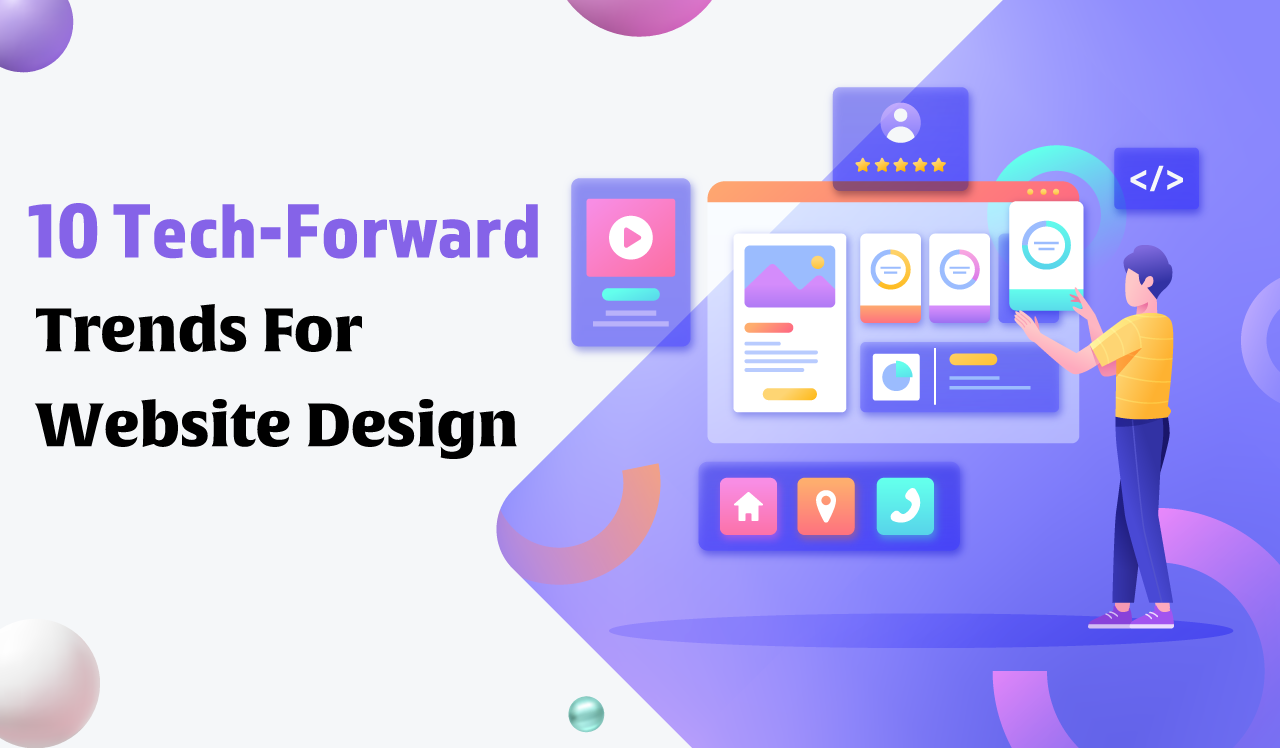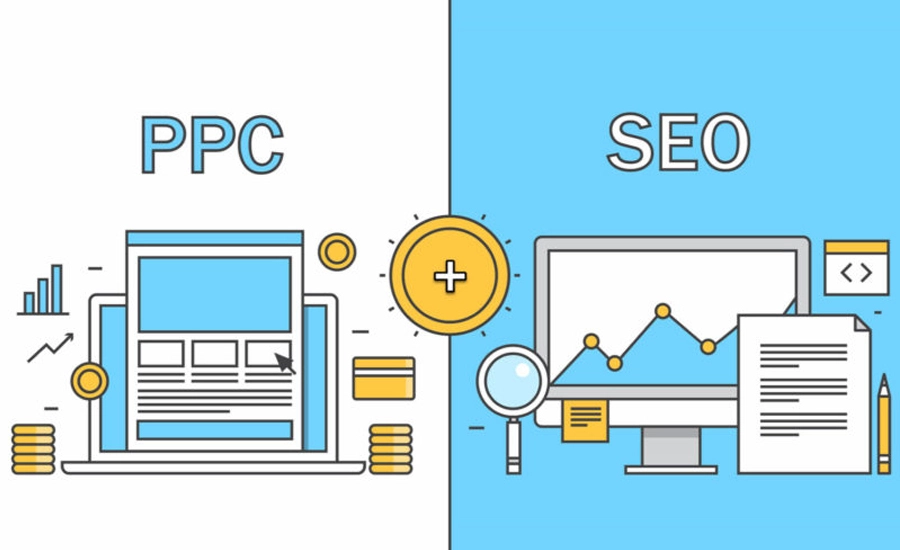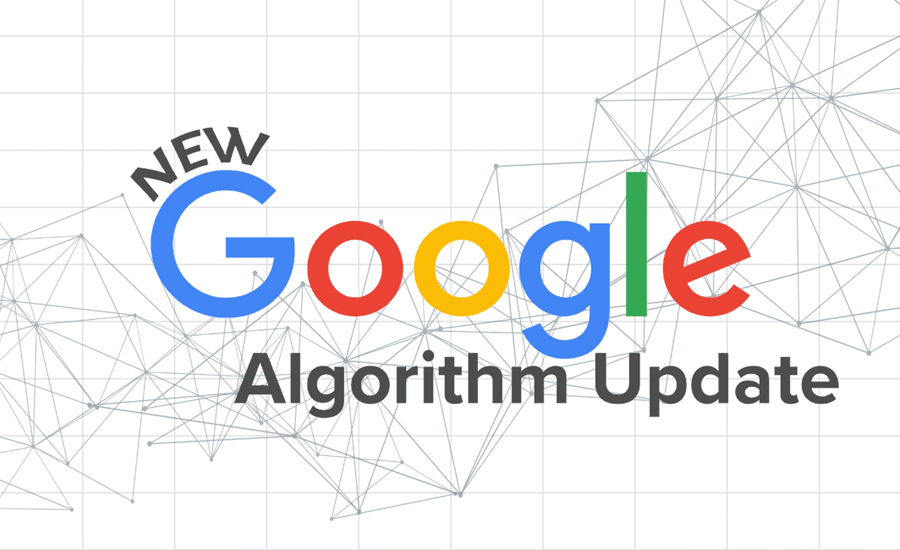Tech forward trends refers to the latest and most progressive developments and advancements in technology within a particular industry or field. In the context of web design services, tech forward trends pertain to the innovative and cutting-edge approaches, technologies, and design techniques that are shaping the future of web development.
These trends often involve the integration of emerging technologies, such as artificial intelligence (AI), virtual reality (VR), augmented reality (AR), blockchain, Internet of Things (IoT), and more, into the design and functionality of websites. Tech forward trends in web design focus on enhancing user experiences, improving performance, optimising accessibility, and adapting to the evolving digital landscape.
Embracing tech forward trends allows businesses and website design companies to stay ahead of the curve, offering users a more engaging and interactive online experience while taking advantage of the latest tools and techniques available in the rapidly advancing world of technology. By staying tech forward, websites can remain competitive, cater to changing user preferences, and demonstrate a commitment to delivering cutting-edge solutions.
TECH- FORWARD TRENDS FOR WEBSITE DESIGN IN 2023
Some general predictions for tech-forward trends that may shape web design services in the coming years based on the trajectory of web development and emerging technologies.
Here are some potential tech-forward trends for website design in 2023:
-
Immersive Web Experiences:
With the advancements in augmented reality (AR) and virtual reality (VR) technologies, website design company may start offering more immersive experiences, allowing users to interact with content in three-dimensional spaces.
-
Voice User Interfaces (VUI):
Voice search and voice-controlled devices are becoming increasingly popular. Website design company may adopt VUI to offer voice-driven navigation and interaction, catering to users who prefer hands-free browsing.
-
AI-Powered Personalisation:
Artificial intelligence (AI) and machine learning algorithms will enable websites to deliver personalised content and user experiences based on individual preferences and behaviour.
-
Progressive Web Apps (PWAs):
PWAs combine the best features of websites and mobile apps, providing fast, responsive, and offline-capable experiences. They may become more prevalent as businesses seek to engage users across different devices seamlessly.
-
Dark Mode Design:
Dark mode is gaining popularity due to its potential to reduce eye strain and save device battery life. More websites may offer dark mode options to enhance user comfort.
-
Web Accessibility:
Web design services will continue to prioritise accessibility, ensuring that all users, including those with disabilities, can access and navigate web content easily.
-
Micro-interactions and Animations:
Micro-interactions and subtle animations can improve user engagement and create more delightful browsing experiences, making websites feel more interactive and engaging.
-
Minimalist Design:
Clean and minimalist design aesthetics may continue to dominate web design, emphasising simplicity and clarity to help users focus on essential content.
-
Web3 and Blockchain Integration:
As the web moves towards decentralisation, website design company may explore integrating blockchain technology for enhanced security, user control, and privacy.
-
Sustainability and Green Design:
In response to growing environmental concerns, websites may adopt eco-friendly design practices, such as optimising energy consumption and reducing digital waste.
IDEAS FOR WEBSITE DESIGN FOR 2023
Website design ideas can vary depending on the type of website you are creating and its purpose.
However, here are some general website design ideas to consider:
-
Minimalist Design:
Clean and minimalist designs are popular for their simplicity and clarity. Use ample white space, a limited colour palette, and concise typography to create an uncluttered and elegant look.
-
Dark Mode:
Implement a dark mode option to cater to users who prefer browsing with darker colour schemes. Dark mode can reduce eye strain and conserve device battery life.
-
Split Screen Layout:
A split-screen layout divides the screen into two sections, allowing you to showcase contrasting content side by side. It’s a visually striking design that can be used creatively for storytelling or presenting two equally important elements.
-
Asymmetrical Design:
Break away from traditional grid-based layouts and experiment with asymmetrical designs for a unique and dynamic look.
-
Micro-interactions:
Add subtle animations and micro-interactions to make your website more interactive and engaging. These can be used for buttons, hover effects, and other elements to create a delightful user experience.
-
Video Backgrounds:
Instead of static images, consider using video backgrounds to capture visitors’ attention and tell your brand story in an engaging way.
-
Custom Illustrations:
Use custom illustrations that align with your brand’s personality to add a touch of creativity and uniqueness to your website.
-
3D Elements:
Incorporate 3D elements and graphics to create depth and visual interest on your website.
-
Responsive Design:
Ensure your website is fully responsive and optimised for different devices, including desktops, tablets, and mobile phones.
-
Storytelling Layout:
Craft a narrative-driven website that guides users through a compelling story or journey, enhancing engagement and connection.
-
Interactive Infographics:
Present complex information in a visually appealing and interactive format through infographics.
-
Voice User Interface:
Consider incorporating voice user interface (VUI) elements to offer voice search and navigation options.
-
Floating Elements:
Use floating navigation menus, buttons, or elements to maintain their visibility as users scroll through the page.
-
Custom Cursor:
Customise the mouse cursor to reflect your brand’s style and add a playful element to the user experience.
-
Colour Gradients:
Embrace vibrant colour gradients to add depth and visual interest to your website design.
Remember that while these ideas can serve as inspiration, it’s essential to tailor your website design to align with your brand identity and the specific needs of your audience. User experience, accessibility, and functionality should always be at the forefront of your design decisions.
CONCLUSION
In conclusion, a website design blog serves as a valuable resource for designers, developers, and anyone interested in the ever-evolving world of web design.
It explores the fusion of cutting-edge technologies like AI, AR, and VR, and how they enhance user experiences on the web.
Moreover, it promotes the significance of user-centric design, emphasising that websites should be designed with users in mind, ensuring intuitive navigation and meaningful content presentation.
Ultimately, website design ideas play a vital role in elevating the standard of web design across the internet, inspiring and empowering designers to create captivating, accessible, and innovative websites that leave a lasting impact on users.


 +971 5858 36655
+971 5858 36655 +61 450 414 566
+61 450 414 566 +91 83607 42383
+91 83607 42383





 Our Team
Our Team Web Development
Web Development Web Designing
Web Designing Graphic Design
Graphic Design Content Writing
Content Writing App Development
App Development SEO
SEO PPC Management
PPC Management Digital Marketing
Digital Marketing